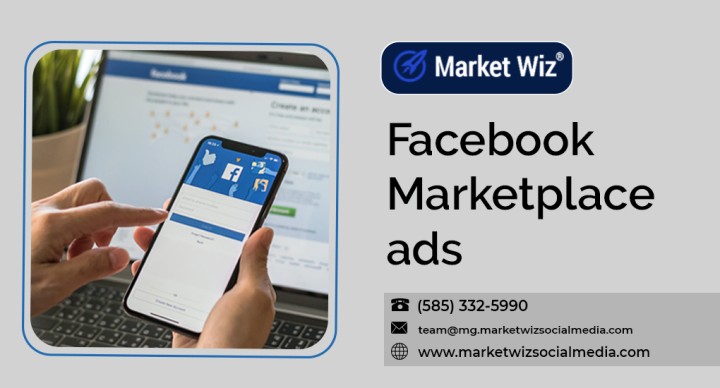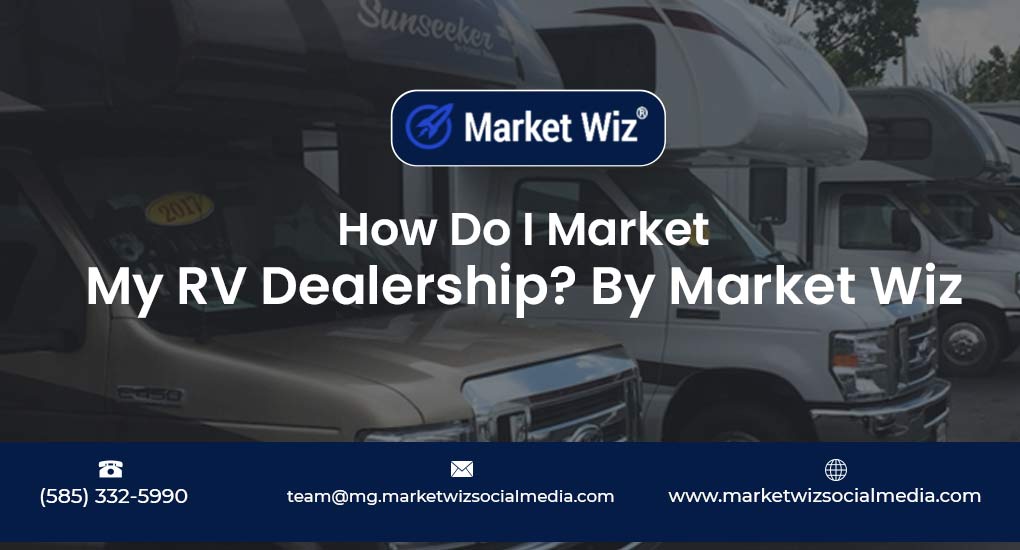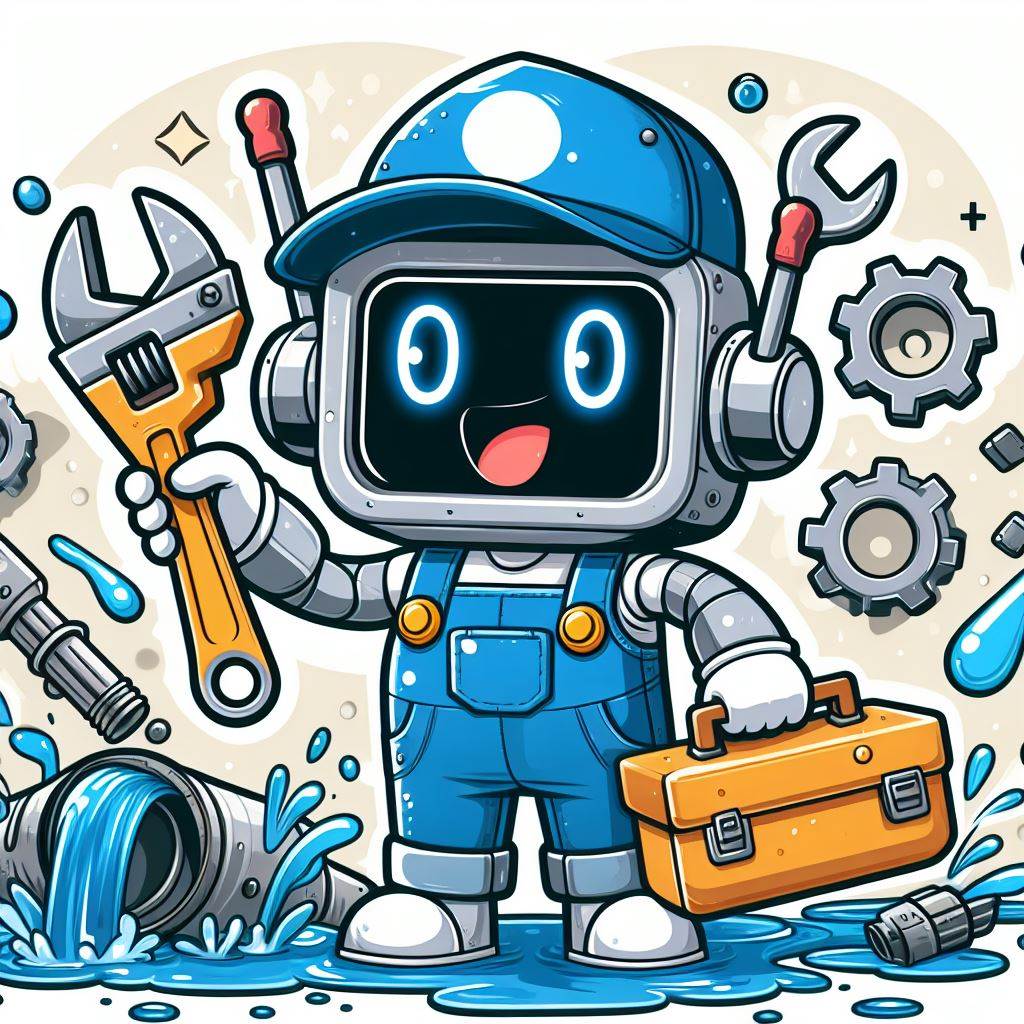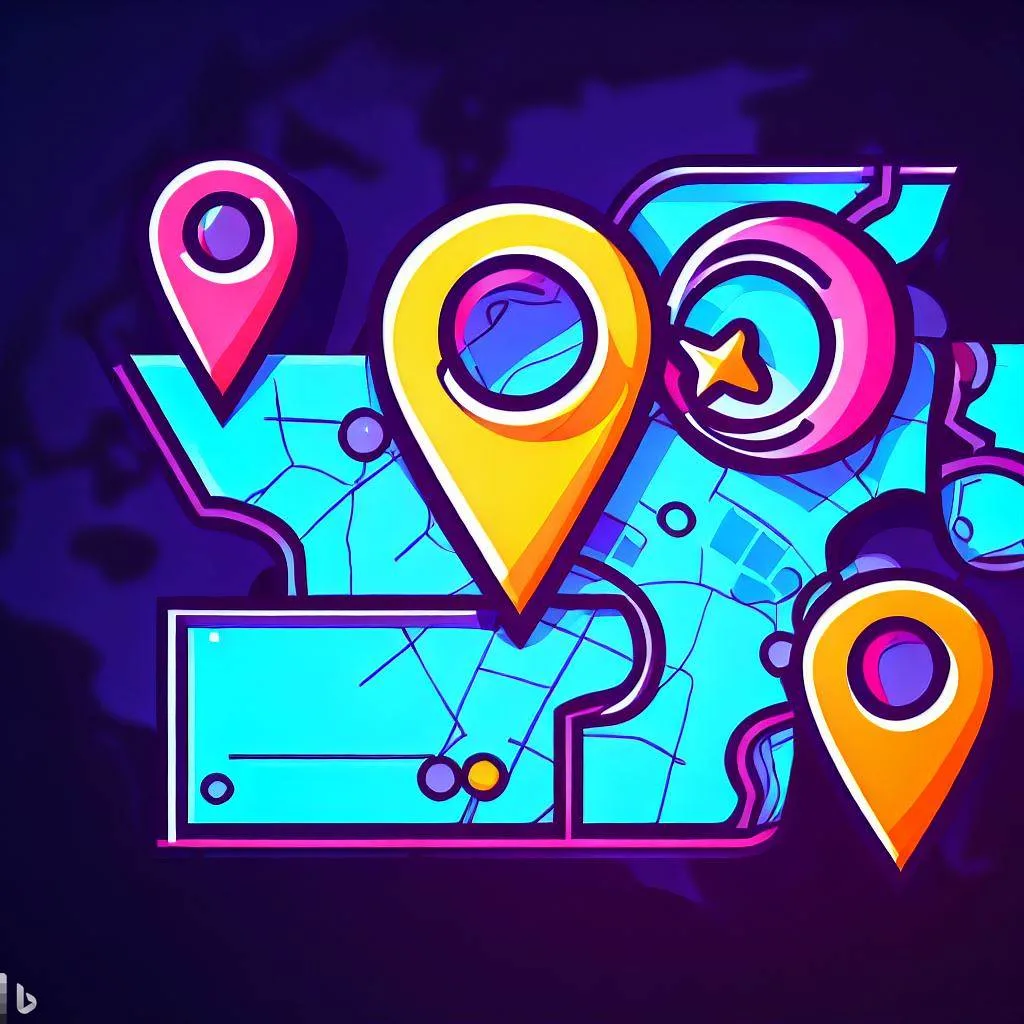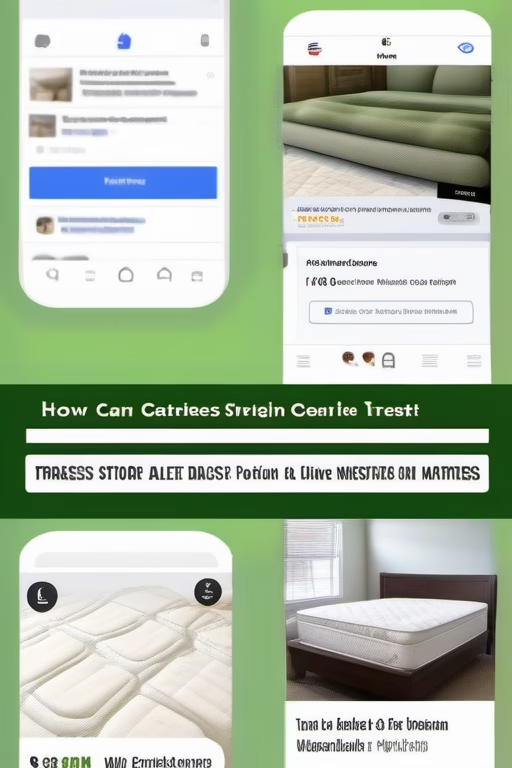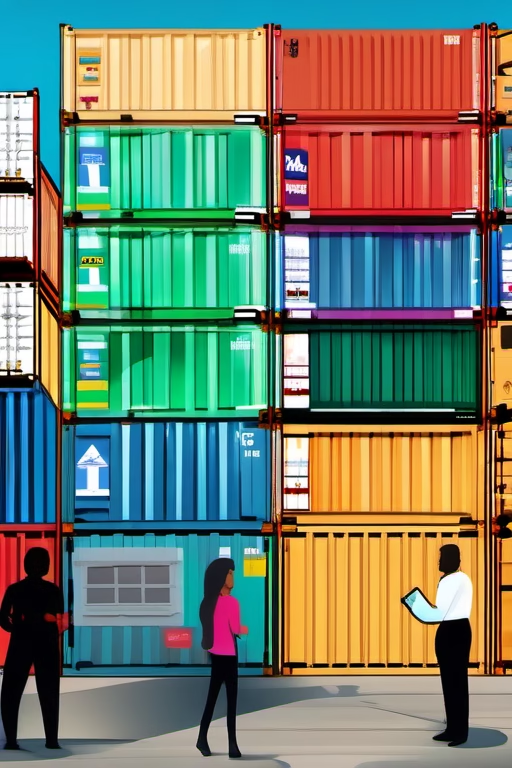Auto‑Reply to Facebook Marketplace Messages With AI (No Work!)
Your Automated Messaging Playbook by Market Wiz
Table of Contents
- Introduction: Let AI Handle Your Marketplace Chats
- 1. Why AI Auto‑Replies?
- 1.1 Instant Response Wins Trust
- 1.2 24/7 Availability
- 1.3 Scale Without Headaches
- 2. Choosing Your AI Auto‑Reply Tool
- 2.1 No‑Code Chatbot Platforms
- 2.2 Custom AI Integrations
- 2.3 Pricing & Features
- 3. Setting Up Auto‑Reply
- 3.1 Facebook Page & App Configuration
- 3.2 Webhooks & API Keys
- 3.3 Secure Credential Storage
- 4. Crafting High‑Converting Reply Templates
- 4.1 Personalization Tokens
- 4.2 Product Details & Pricing
- 4.3 Clear CTAs & Next Steps
- 5. Leveraging AI for Dynamic Responses
- 5.1 NLP & Entity Extraction
- 5.2 FAQ Handling Automatically
- 5.3 Escalation to Live Agent
- 6. Automating Workflows & Follow‑Ups
- 7. Tracking & Optimization
- 8. Best Practices & Tips
- Conclusion & Next Steps
- 25 Frequently Asked Questions
- 25 Extra Keywords
Introduction: Let AI Handle Your Marketplace Chats
Tired of missing leads because you can’t reply instantly on Facebook Marketplace? AI‑powered auto‑reply bots let you respond 24/7 with accurate, on‑brand messages—no manual typing required. In this guide, you’ll learn how to choose the right tool, integrate with Facebook, craft smart templates, and monitor performance for continuous improvement.
1. Why AI Auto‑Replies?
1.1 Instant Response Wins Trust
Shoppers expect immediate answers. AI replies in seconds, boosting your credibility and chances of conversion.
1.2 24/7 Availability
Night owl buyers or weekend browsers get the same prompt replies—even when you’re offline or busy.
1.3 Scale Without Headaches
Handle dozens or hundreds of inquiries simultaneously without hiring extra support staff.
2. Choosing Your AI Auto‑Reply Tool
2.1 No‑Code Chatbot Platforms
Solutions like ManyChat, Chatfuel, or Respond.io offer visual builders, Facebook integrations, and pre‑built templates—no coding needed.
2.2 Custom AI Integrations
For maximum flexibility, connect GPT‑based models via API. Build your own logic, fine‑tune responses, and host on your preferred infrastructure.
2.3 Pricing & Features
Compare free tiers and paid plans based on message volume, AI sophistication, and support levels to match your budget.
3. Setting Up Auto‑Reply
3.1 Facebook Page & App Configuration
Ensure your Marketplace listings are tied to a Facebook Page. Create a Facebook App, enable the Messenger API, and assign necessary permissions.
3.2 Webhooks & API Keys
Set up a webhook endpoint to receive incoming messages. Securely store your App ID and secret to exchange for a Page access token.
3.3 Secure Credential Storage
Use environment variables or a secrets manager to keep tokens safe—avoid hard‑coding credentials in your codebase.
4. Crafting High‑Converting Reply Templates
4.1 Personalization Tokens
Use placeholders like {{first_name}} and {{item_name}} to make replies feel custom—AI can fill these dynamically.
4.2 Product Details & Pricing
Include key specs, price, and availability. Example: “Hi {{first_name}}, the {{item_name}} is available for ${{price}}—we can reserve it for you today.”
4.3 Clear CTAs & Next Steps
Guide buyers: “Reply YES to confirm” or “Click here to schedule pickup: [link]”. Remove ambiguity to drive action.
5. Leveraging AI for Dynamic Responses
5.1 NLP & Entity Extraction
AI models parse messages for intent (“interested,” “price?”) and entities (“model X”), enabling accurate, context‑aware replies.
5.2 FAQ Handling Automatically
Train your AI on common questions—shipping, returns, specs—so it instantly resolves routine queries without human input.
5.3 Escalation to Live Agent
Configure fallback triggers: if confidence < 80% or buyer asks complex questions, notify your team or route to a human agent.
6. Automating Workflows & Follow‑Ups
Build multi‑step flows: initial greeting → info delivery → booking link → follow‑up nudge after 24 hours. Use delays and conditional logic for personalized sequences.
7. Tracking & Optimization
- Response Rate: % of incoming messages that get an automated reply.
- Lead Conversion: % of chats that turn into booked calls or sales.
- Fallback Rate: % of messages escalated to human—aim to minimize.
- Customer Satisfaction: Monitor reaction emojis or follow-up survey scores.
8. Best Practices & Tips
- Keep replies concise—under 50 words for clarity.
- Use natural language and a friendly tone to match your brand voice.
- Regularly review AI logs and optimize templates based on real conversations.
- Stay compliant with Facebook’s messaging policies to avoid restrictions.
Conclusion & Next Steps
AI‑powered auto‑replies let you capture every lead on Facebook Marketplace without lifting a finger. Start by selecting a no-code chatbot or custom AI integration, configure your Facebook webhook, craft dynamic templates, and build follow‑up workflows. Monitor performance, tweak your prompts, and watch your inquiries—and conversions—skyrocket.
25 Frequently Asked Questions
1. Do I need coding skills to set this up?
No—many platforms offer no-code builders that integrate with Facebook via point‑and‑click.
2. How fast will AI reply?
Typically within 1–2 seconds of message receipt.
3. Can I customize the tone?
Yes—adjust templates and AI prompt settings to match your brand voice.
4. What if AI gets it wrong?
Set fallback rules to flag low‑confidence replies and route to a human agent.
5. Are responses personalized?
Dynamic tokens allow insertion of buyer’s name, product details, and pricing.
6. How many templates do I need?
Start with 5–10 covering common intents: greeting, pricing, availability, booking, and FAQs.
7. Does it work worldwide?
Yes—choose a tool supporting your target languages and time zones.
8. Can AI upsell?
Absolutely—include cross‑sell suggestions like “Also check out our X for $Y.”
9. Is it GDPR compliant?
Ensure your AI provider offers data residency options and compliance tools.
10. What about message limits?
Facebook enforces rate limits; most platforms handle throttling automatically.
11. How do I secure my tokens?
Store them in environment variables or a secure vault; never hard‑code.
12. Can I track AI performance?
Yes—use built‑in analytics or integrate logs into your BI tools.
13. Will auto‑reply annoy buyers?
If messages are timely, relevant, and friendly, most buyers appreciate instant replies.
14. How often should I update templates?
Review monthly and update based on new products, pricing, or common queries.
15. Do I need a Facebook developer account?
Yes—to create and manage your Messenger app for auto‑reply integration.
16. Can I use GPT‑4 or similar?
Yes—you can connect to OpenAI’s API for advanced conversational capabilities.
17. How much does it cost?
Prices vary: no-code platforms start around \$10/month; custom AI usage billed per request.
18. Is live chat still needed?
Yes—for complex issues; AI handles routine inquiries so humans focus on exceptions.
19. How do I handle multi‑language?
Configure language detection in AI or set separate bots per language.
20. Can I integrate CRM?
Yes—most platforms offer webhooks or native integrations with CRMs like Salesforce.
21. How do I train custom responses?
Upload your FAQ document or use a fine‑tuning dataset with past chat transcripts.
22. What metrics matter?
Response time, conversation completion rate, fallback rate, and conversion rate.
23. How do I prevent spam replies?
Set keyword filters and rate limits; review logs for suspicious patterns.
24. Can I pause auto‑reply?
Yes—toggle the integration off during maintenance or holidays.
25. What’s the first step?
Choose your chatbot platform and connect it to your Facebook Page’s Messenger API.
25 Extra Keywords
- Facebook Marketplace AI chatbot
- auto reply Messenger bot
- Marketplace message automation
- no code Facebook auto reply
- AI customer support Marketplace
- Facebook Page chatbot setup
- Messenger webhook integration
- NLP auto reply Facebook
- fallback to human agent
- dynamic reply templates
- AI response analytics
- message handling AI
- 24/7 automated replies
- Marketplace inquiry bot
- FAQ auto reply AI
- lead capture chatbot
- GPT Facebook integration
- chatbot personalization tokens
- conversational AI Marketplace
- AI follow up workflows
- Meta Pixel for chatbots
- secure API credential storage
- multi language chatbot
- CRM chatbot integration
- Market Wiz chatbot guide



